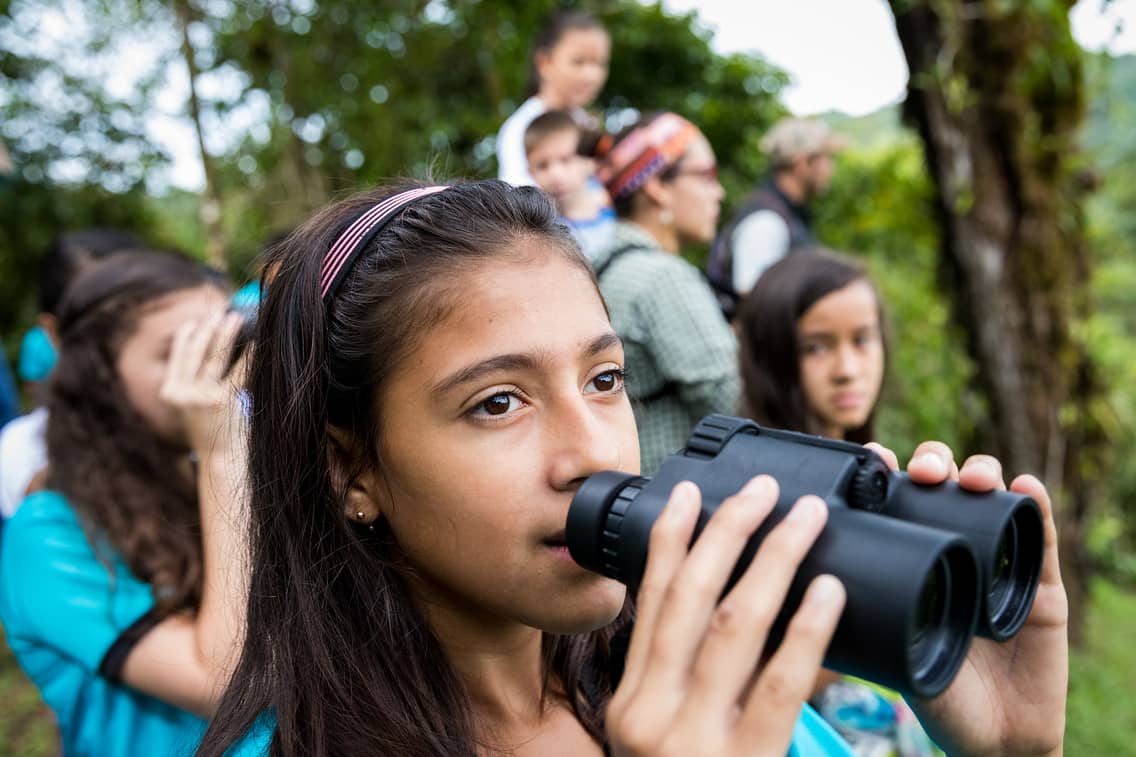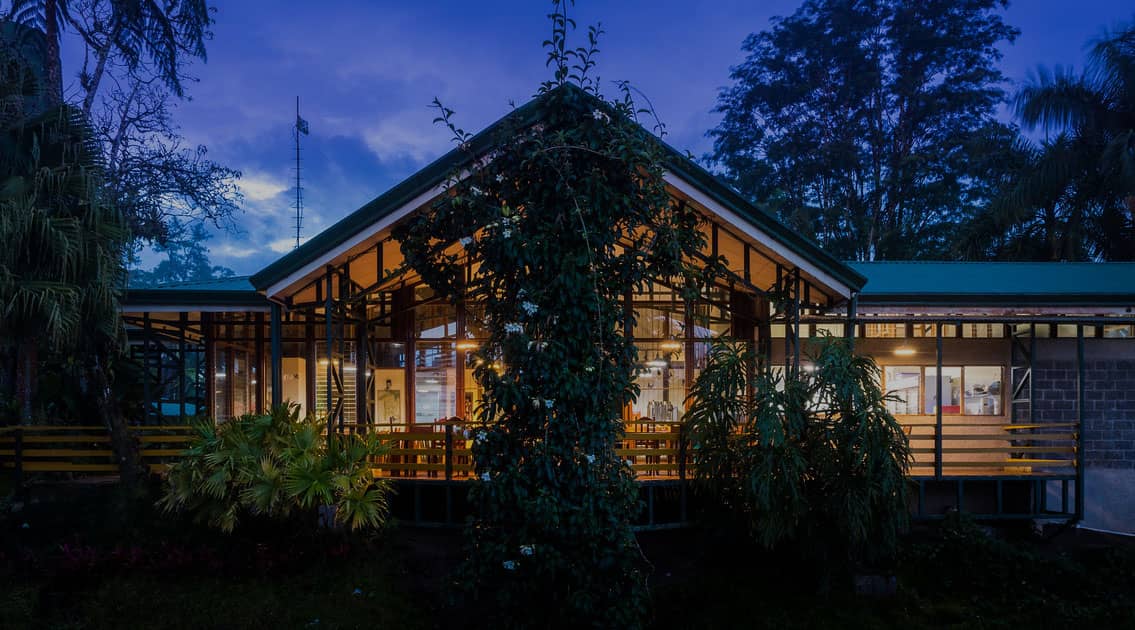
Las Cruces Research Station and Wilson Botanical Garden
OTS acquired Las Cruces in 1973 from Robert and Catherine Wilson, who founded the site in 1962 as a botanical garden and farm.
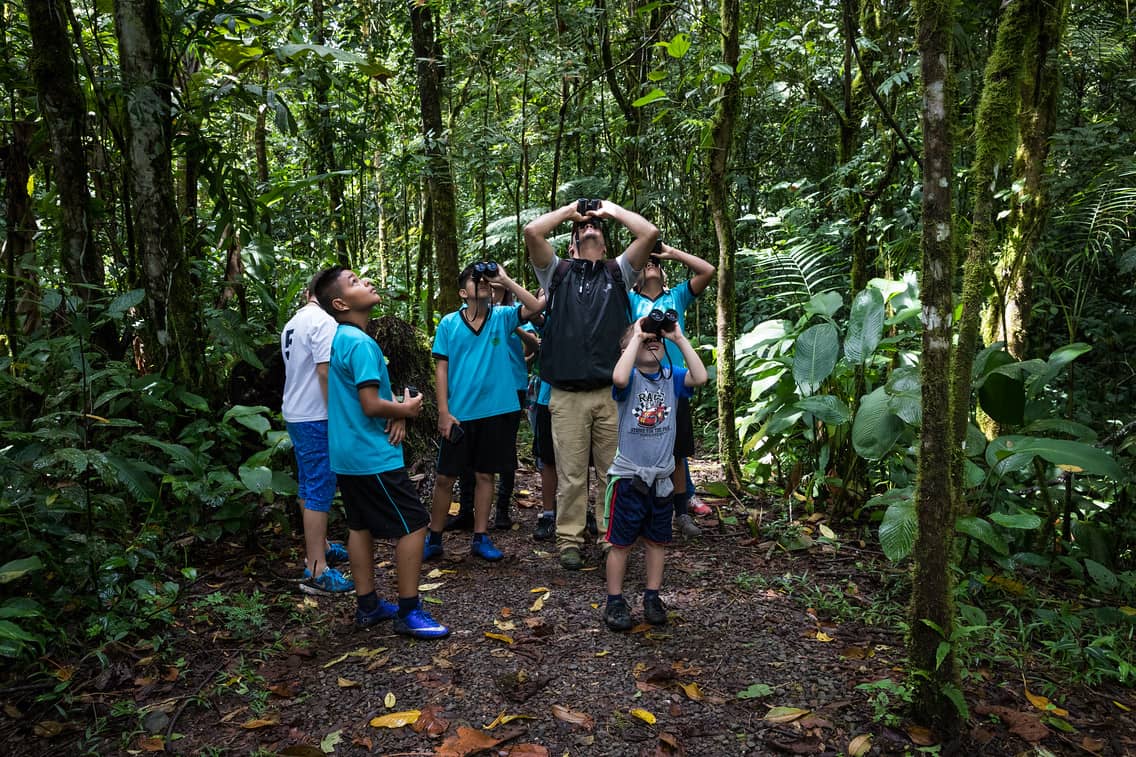
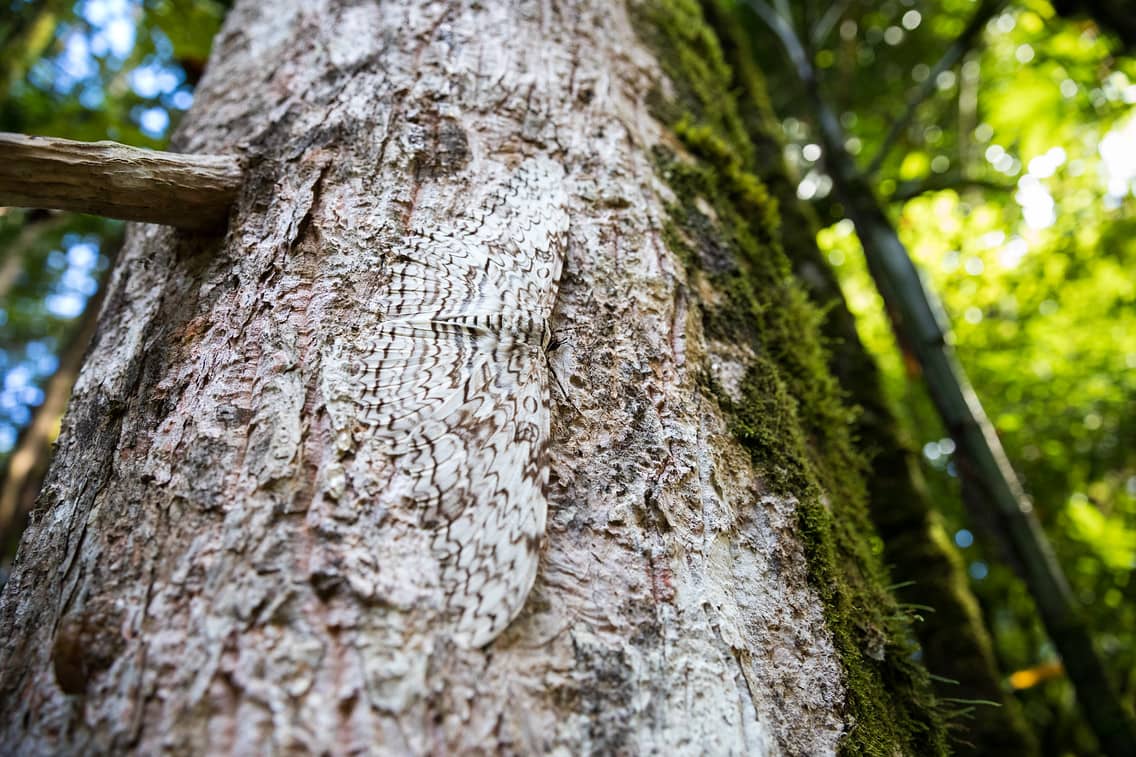
The rugged topography in the region around Las Cruces provides habitat for a diversity of fauna and flora. Within a 10 km radius around the station, the flora has at least 2,000 plant species including more than 20 endemic plants, 113 mammal species (60 species of bats), more than 400 montane and lowland bird species, an estimated 70 species of reptiles, and much more than 1,000 species of insects including 800 species of butterflies.
The region around Las Cruces is a complex mix of fragmented forests and agricultural land. This setting provides outstanding opportunities for cutting-edge research and conservation in a typical tropical landscape. Decades of research in the area has resulted in numerous articles on forest fragmentation, corridors, and tropical forest restoration. Outreach to the local communities and collaborative work to improve sustainable livelihoods and landscapes are a key priority of this research station.
Las Cruces is embedded in a mosaic of different agricultural land uses, where deforestation has left forest fragments of various sizes spread across the landscape. This setting makes Las Cruces an ideal place to study the effects of forest fragmentation and biological corridors as well as a testing ground for forest restoration. The botanical garden provides a wealth of opportunities for work on a broad variety of species in a controlled setting. Beyond this, our nearby satellite station at Las Alturas abuts the largest and most intact forest in Central America, La Amistad International Biosphere Reserve, allowing for comparative studies between spectacular primary forest and agricultural landscapes.
5 Key Themes:
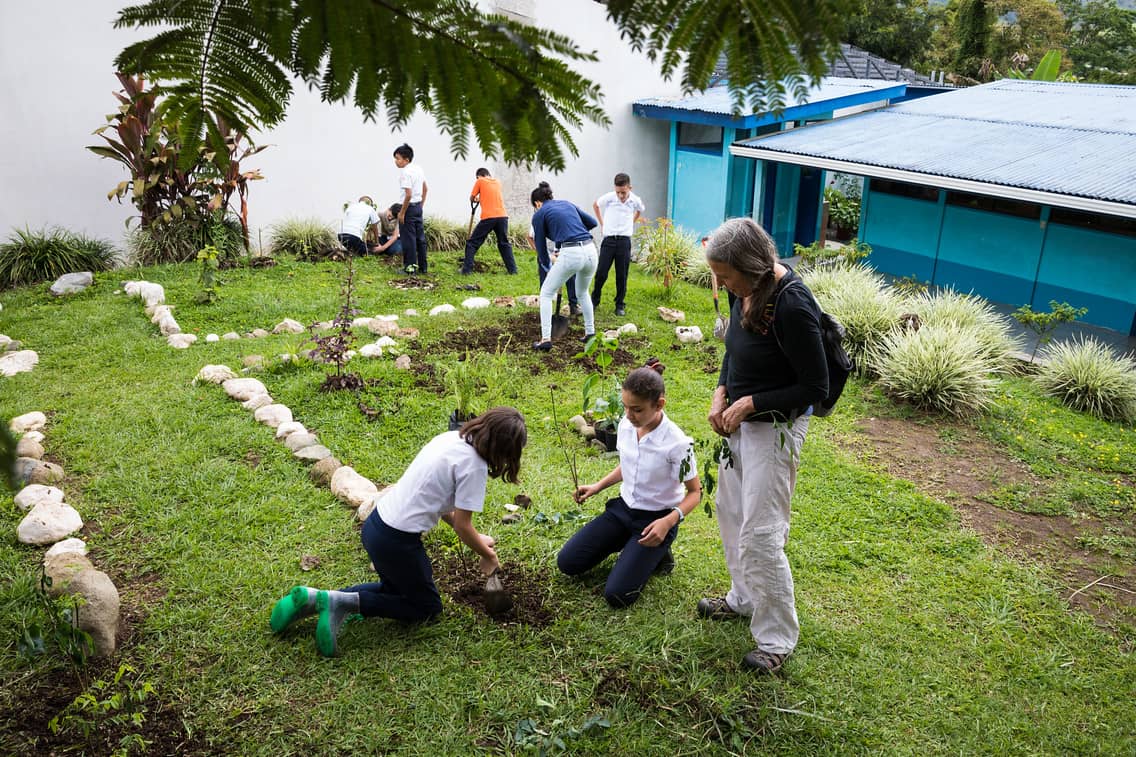
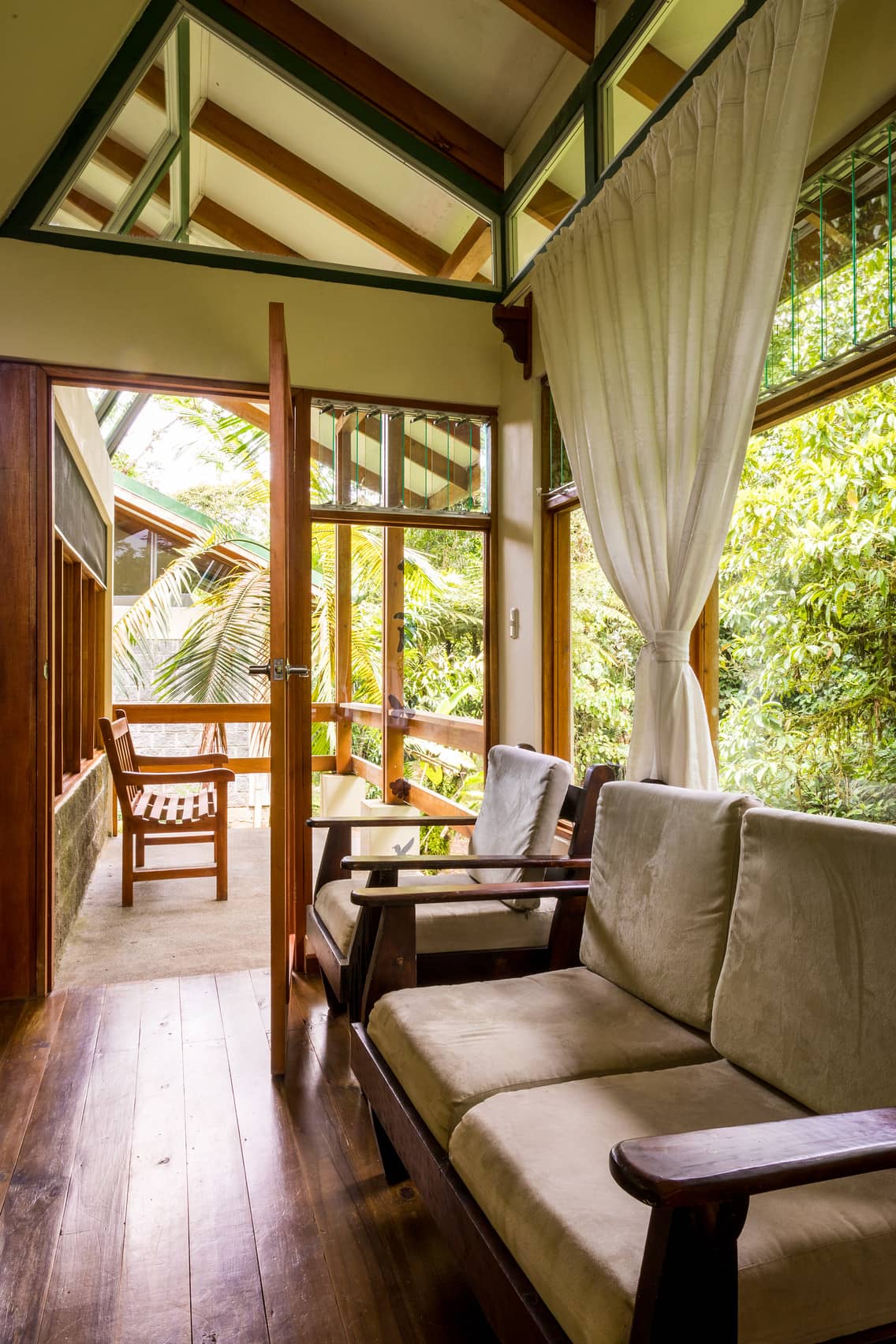
Las Cruces Research Station serves researchers, courses, and natural history visitors. The station offers comfortable accommodations for up to 100 people.
Local partners:
San Vito Bird Club
Casa Botania
Las Alturas
Las Cruces is located in the southern Pacific highlands near the town of San Vito, close to the border with Panama (8° 47′ 7” N, 82° 57′ 32” W). The Station is 287 km southeast of San José, the capital of Costa Rica, and 10 km from the Panamanian border by road. The trip by car from San Jose takes approximately five hours. From San José, follow the Pan-American Highway (Route #2) south to San Isidro (also known as Pérez Zeledón). Continue on to Buenos Aires. Further 25 km south, look for a small intersection called Paso Real at kilometer marker 221. Here, take a sharp left and cross a bridge over the Térraba river; San Vito is 46 km after the bridge. In San Vito, go right at the road towards the town of Agua Buena and continue on for 6 km to Las Cruces.
The Tracopa bus company serves San Vito from San José or San Isidro with several departure times throughout the day.
How to book your travel to the field station: If you are a researcher click here; a Natural History Visitor, click here; lead contact for a faculty-led academic group, click here.
Additional activities: Natural History Walk, Birding Walk, Wilson Botanical Garden Walk, Picnic, View from the Observation Tower
Contact us for more information: info@tropicalstudies.org
